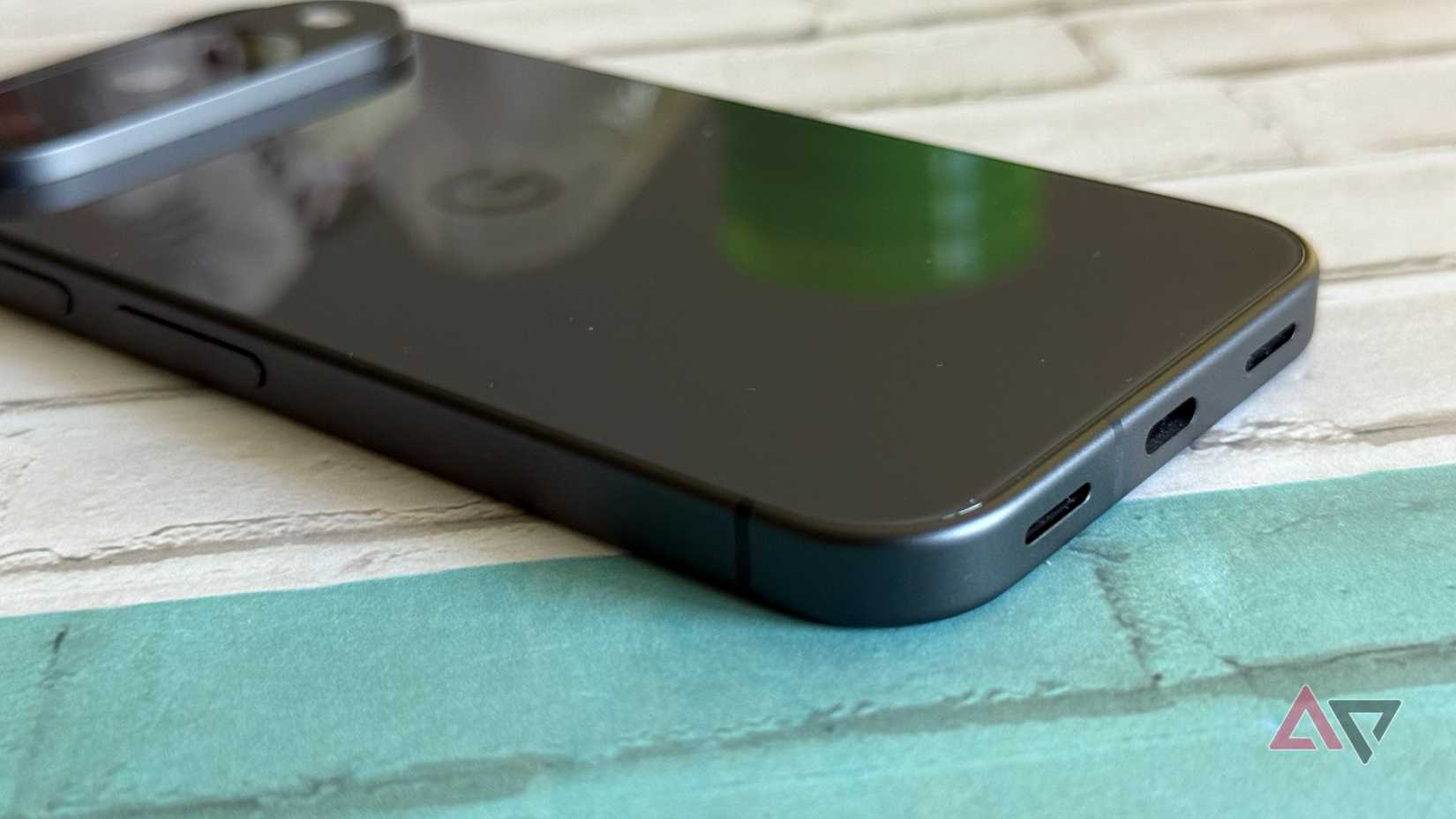iFixit has cracked open the Pixel 10, and the results are better than expected. The company’s latest teardown shows a phone that’s far easier to repair than its predecessors, though still far from perfect. The highlights include a new “pull jacket” battery-removal system, a modular USB-C charging board, and magnets that finally bring MagSafe-style accessories to Google’s hardware.
What the disassembly showed
Some pros, some cons, no miracles
The speakers turned out to be one of the easiest components to remove and replace.
The teardown starts with good news. Unlike most IP68-rated devices, the Pixel 10’s rear glass comes off without heat. A few picks and an anti-clamp tool are all that’s needed, making any future repair a lot less intimidating. Once inside, the layout is refreshingly simple. Fewer screws than a typical flagship, and all using standard T3 Torx Plus heads, mean you don’t need a drawer full of specialty drivers to get to work.
Battery replacement — a frequent pain point on Pixels — has also made progress. Google ditched the unreliable saw-style adhesive strips in favor of a bright green pull tab. It’s not as effortless as the iPhone’s tab system (iFixit even recommends a glove for extra grip), but it does get the job done. The new 19.39Wh cell is a 7% upgrade over last year’s Pixel 9, and at least swapping it out doesn’t require tearing into the display first.
Speaking of modularity, the Pixel 10’s lower assembly marks a repair win. A few screws free the loudspeaker and entire charging board, which can be replaced independently. That’s a major upgrade for long-term usability, given how vulnerable ports and speakers are to physical damage.
My goodness, it’s gorgeous.
While we all know they’re there, I personally can’t go without mentioning the magnets. I’ve been complaining about the lack of real Qi2 for a while, so I have to give the Pixel 10s their due. Hidden inside the back glass, iFixit spotted the new Pixel Snap ring (including the bottom-mounted magnet for precise alignment, which is part of the Qi2 spec FYI), Google’s answer to MagSafe. Combined with Qi2 wireless charging support (15W on the Pixel 10 and 10 Pro, up to 25W on the Pro XL), accessory compatibility is about to get a lot better.
Cameras are more complicated, with a familiar tangle of connectors and screws holding things down. Still, once freed, the array reveals a notable change: a 10.8MP telephoto with 5x optical zoom, the first on a non-Pro Pixel. Above it all sits Google’s Tensor G5, now fabbed on TSMC’s 3nm process and delivering substantial CPU and AI performance gains over last year’s chip.
The least exciting news from the teardown surrounds the display. At 6.3 inches with 3,000 nits peak brightness, it’s gorgeous, but it’s glued in with adhesive that requires serious heat and suction to remove. A broken screen is a tragedy in itself. Also frustrating is that reassembly demands new adhesive for the back cover, display, and even the battery.
In the end, iFixit gives the Pixel 10 a provisional 6 out of 10 for repairability. That isn’t quite where enthusiasts want Android flagships to be, but it’s better than 5, and for anyone tired of disposable phones, it’s progress worth celebrating.
Google Pixel 10
- SoC
-
Google Tensor G5
- Display type
-
Actua display
- Display dimensions
-
6.3 inches
- Display resolution
-
20:9


